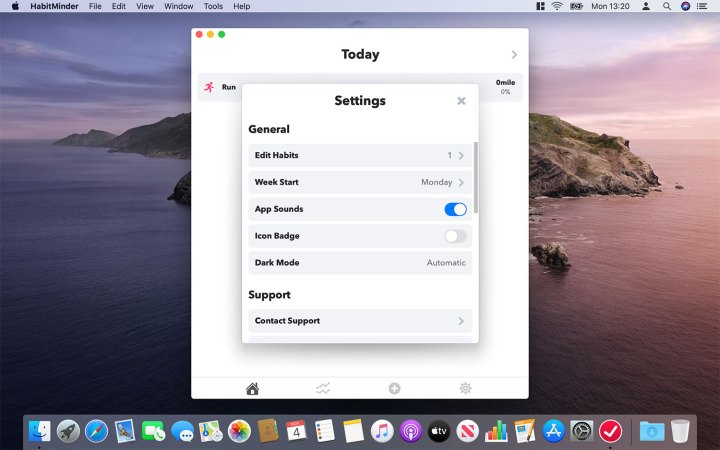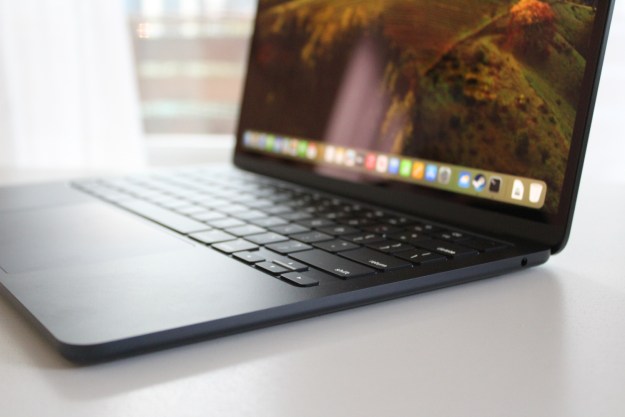Apple is planning to ditch Intel processors and switch its Macs to ARM chips. It’s one of the worst-kept secrets in tech right now, and according to the latest reports, the transition will be announced at Apple’s Worldwide Developers Conference (WWDC) later this month. With the change now looking imminent, people have been questioning whether Apple has what it takes to make the switch a success.
After all, the road to ARM-based PCs has been wrought with problems. Microsoft has attempted it a multitude of times, only to fail in key areas like performance and software compatibility. We have every right to be skeptical about Apple’s own attempts, but when you consider the evidence, Apple is as well-equipped as any company to nail this transition.
Not Apple’s first rodeo

A transition to ARM means a radical change in Mac system architecture. New architecture means new software, which has been Microsoft’s Achilles’ heel in its attempts to transition to ARM. If Apple isn’t careful, its new MacBooks could suffer the same fate as the Surface Pro X. That flagship device couldn’t run many of the apps people expect to use on a Windows laptop due to the change in system architecture.
Fortunately, Apple already has experience tackling this problem. Early on, Apple ditched Motorola processors in favor of PowerPC. More recently, Apple even phased out 32-bit apps on its MacOS platform, which often required developers to rewrite apps for 64-bit compatibility.
The transition from PowerPC processors to Intel, though, is the most relevant example. Apple provided developers with a piece of software called Rosetta. This “dynamic binary translator” worked in the background to seamlessly translate PowerPC apps to software that could run on Intel’s x86 architecture.

Apple is employing a similar methodology in its transition to ARM. The company has already been working toward solving this for years with an app-translation tool called Mac Catalyst ready to go. Currently, this tool is used to port iPad apps across to the Mac. The iPad already runs on an ARM-based architecture, meaning Apple already has access to an impressive ecosystem of apps that can run on on its ARM-based MacBooks.
That is, assuming Catalyst is widely adopted by developers.
While Mac Catalyst has had some early problems, most developers I’ve spoken to have been happy with Apple’s efforts in this area. Many noted how Mac Catalyst made porting an app across to a different architecture fairly simple — far easier than developing a new Mac app from scratch. It is still an ongoing project, though, and I expect to hear more Mac Catalyst news at WWDC alongside Apple’s big ARM announcement.
Example A: The iPad

The iPad itself is another example of just how well-positioned Apple is to handle the transition. Reports indicate that the processors used in these new ARM-based MacBooks will be based on Apple’s A-series chips that are used in its mobile devices like the iPhone and iPad Pro. We don’t know exactly what chips will be used, but Apple is rumored to be switching to its first 5nm processors across many devices later this year. Regardless, Apple’s A-series processors are absolutely fantastic.
Let’s look at the raw numbers. When we tested the iPhone 11 Pro, it scored 455,778 in the AnTuTu benchmarking app, the highest score we have ever recorded for a smartphone. The 2020 iPad Pro? That scored 717,717 — more than double what Samsung’s best effort, the Galaxy Tab S6, managed to achieve. In other words, Apple knows exactly how to create incredibly powerful processors, scaled across different devices with a wide range of performance requirements.
Granted, it’s one thing to make a successful mobile processor and quite another to make one that performs well in desktop machines. Microsoft’s attempts at replicating the performance of Intel laptops haven’t provided the most convincing results so far, even with Qualcomm as a committed partner.
So no, we don’t have any real sense as to how well Apple’s ARM chips will run in MacBooks. But at the very least, Apple has a head start over its rivals.
World’s first? Nope

Being first has never been in Apple’s ethos. Many companies rush to market with new products just so they can claim the title of “world’s first,” regardless of how well these products actually perform. We see it with advanced new form factors like the Samsung Galaxy Fold, as well as new technologies like 5G. Apple wasn’t the first to make a smartphone, tablet, or smartwatch, but it’s made the most successful device in each of those categories.
The company seems happy to wait on the sidelines until it can nail the product and make what it feels is the world’s best version. Remember AirPower? Apple scrapped it because it did not meet expectations. It probably could have launched a mediocre charger, but that is not Apple’s style. We can argue about whether Apple always achieves its lofty goals, but rushing products to be first has never been its guiding principle.
When Apple launches its ARM-based MacBooks, they won’t be the first laptops to have given it a shot. But as far as I can tell, these MacBooks just might be the first to pull it off successfully.
Editors' Recommendations
- These 6 tweaks take MacBooks from great to nearly perfect
- I’m worried about the MacBook’s next big rival
- Why you should buy a MacBook Pro instead of a MacBook Air
- Why you should buy a MacBook Air instead of a MacBook Pro
- I needed to buy a new MacBook. Here’s why I bought a power bank instead





